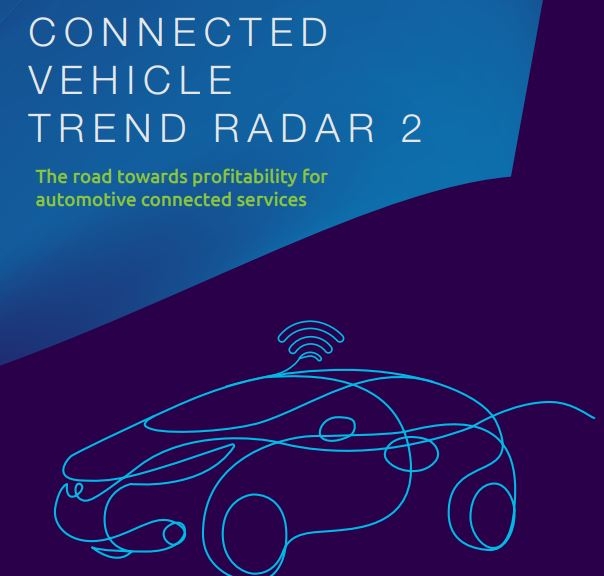- ETAnalytics Reports
- Industry
- Market Research
- Union Budget 2018-19 Analysis Report
Union Budget 2018-19 Analysis Report -
(Feb 2018)The NDA Government’s last - full-fledged budget, before the elections next year, was widely expected to deviate modestly from the fiscal deficit targets, while prioritising its expenditure outlays on areas that could support the ongoing economic recovery and also address some of the critical issues plaguing the rural and agricultural sectors. Additionally, an area of interest was the forecast on revenue buoyancy for FY2019, given that the series of structural reforms carried out over the last couple of years was primarily expected to provide a fillip to tax revenues - both direct and indirect.
Related Reports
Access to thousands of Market Research Reports, Financial Reports, White Paper and Surveys
Featured
It is a fact that electric vehicles (EVs) are beneficial for climate protection. However, the current challenge is to decide on whether to reuse an EV battery or to recycle it after its first use. This paper theoretically investigates these areas i.e., recycle and reuse. It was found that there are several commercially used recycling processes and also some are under research to regain maximum possible materials and quantity. The concept of reusing (second life) of the battery is promising because, at the end of the first life, batteries from EVs can be used in several applications such as storing energy generated from renewable sources to support the government grid. However, the cost and life-cycle analysis (LCA) demonstrated that there are several aspects involved in battery reuse applications. Henceforth, one LCA generalised method cannot provide an optimal approach for all cases. It is important to have a detailed study on each of the battery reusing applications. Until then, it is safe to say that reusing the battery is a good option as it would give some time to recycling companies to develop cost and energy-efficient methods.


